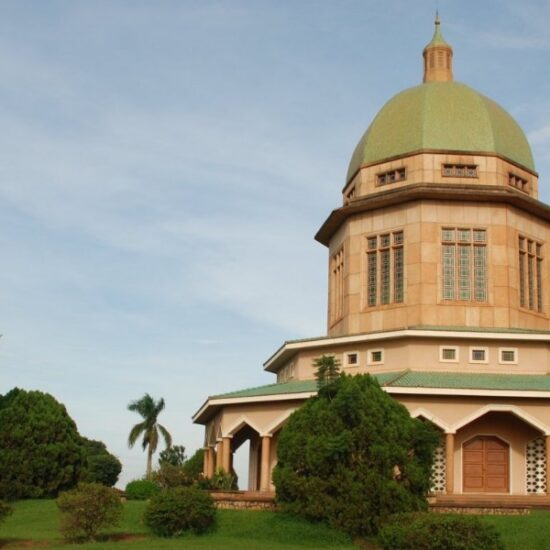
Best Wildlife viewing places
One of Uganda’s most outstanding features is its forests, lakes and mountains. Most of the country is high above sea level and it is watched over by three mountainous areas – the Rwenzoris, Mount Elgon and the Virunga Mountains.
Uganda has a number of national parks and game reserves. The rain forests of Mgahinga and Bwindi are the natural habitat of some of the last surviving mountain gorillas in the world, and the Kibale Forest contains the highest density per square mile of primates in the world, including chimpanzees.
Queen Elizabeth National Park, with its wide-open plains, lakes and ancient volcanic craters offers visitors a chance to see a wide spectrum of African game.
The Queen Elizabeth protected area encompasses a wide variety of habitats ranging from savannah and wetlands to riverine and lowland forest. In this diverse ecosystem, water dominates the landscape, with 250km of shoreline along Lake Rudolf and Lake George. The lakes the Kazinga Channel and the Ishasha River provide a rich habitat for both mammals and birds, offering excellent wildlife viewing and spectacular scenery and landscapes.
Although heavily poached in the past conservation efforts have restored much of the game and elephant, buffalo, Uganda kob, a variety of antelope, baboons and chimpanzees and the famous tree-climbing lions are common sights. There are also over 500 different species of bird to be found here, making it an excellent destination for birding. The Park covers about 1,978 sq. km (764 sq. mile).
Murchison Falls National Park, bisected by the Nile, the world’s longest river, offers the chance to see the rare Shoebill Stork and game cruises by boat are rewarded with sightings of Nile crocodile, hippo and a host of plains game that come down to the water’s edge to drink. The park is named after the Murchison Falls where the entire Nile River is forced through a gap in the rock only six metres wide.
Murchison Falls National Park offers a rich diversity of habitats for the visitor to explore, including the Nile (the White Nile) – and the surrounding papyrus swamps, forests and riverine woodlands. The Falls themselves are spectacular, with the Nile bursting through a six metre (20 feet) wide gap and plummeting nearly 40 metres (130 feet) over the sheer rock face.
The park boasts over 374 species of birds, including amongst many others the shoebill stork. There is an abundance of animal life to be seen – buffalo, elephants, Jackson’s hartebeest, oribis, Uganda kob, lions, leopard, hyena, reedbuck and bush buck. On the Nile at the foot of the Falls, hippos and crocodiles are always present. The forest is also home to Uganda’s largest population of chimpanzees. There are also several other species of primate to be seen on game drives and boat cruises as well as on walks in the Budongo and Rabongo forests.
Lake Mburo National Park is one of Uganda’s smaller parks where the landscape consists mainly of savannah and acacia woodland. There are five lakes within the park boundaries which account for 20% of the parks surface area and of which Lake Mburo is the largest. The park attracts a particularly diverse array of water birds. The rest of the park is covered with acacia savannah and is notable for supporting a wide variety of antelope. It is the only place where the impala still occurs in Uganda and it is one of the best places to see eland, Africa’s largest antelope. Large herds of buffalo and zebra are common. Hippo and crocodile are common in all the lakes around the park.







